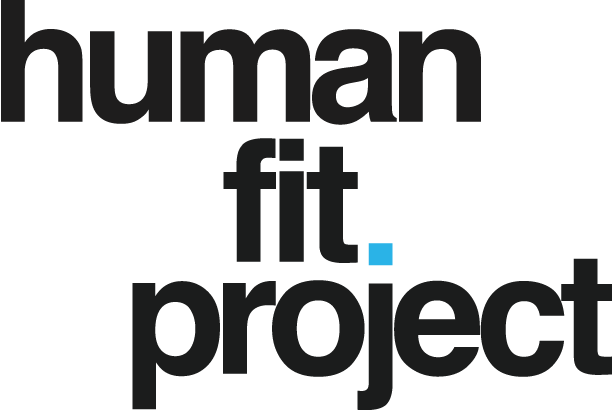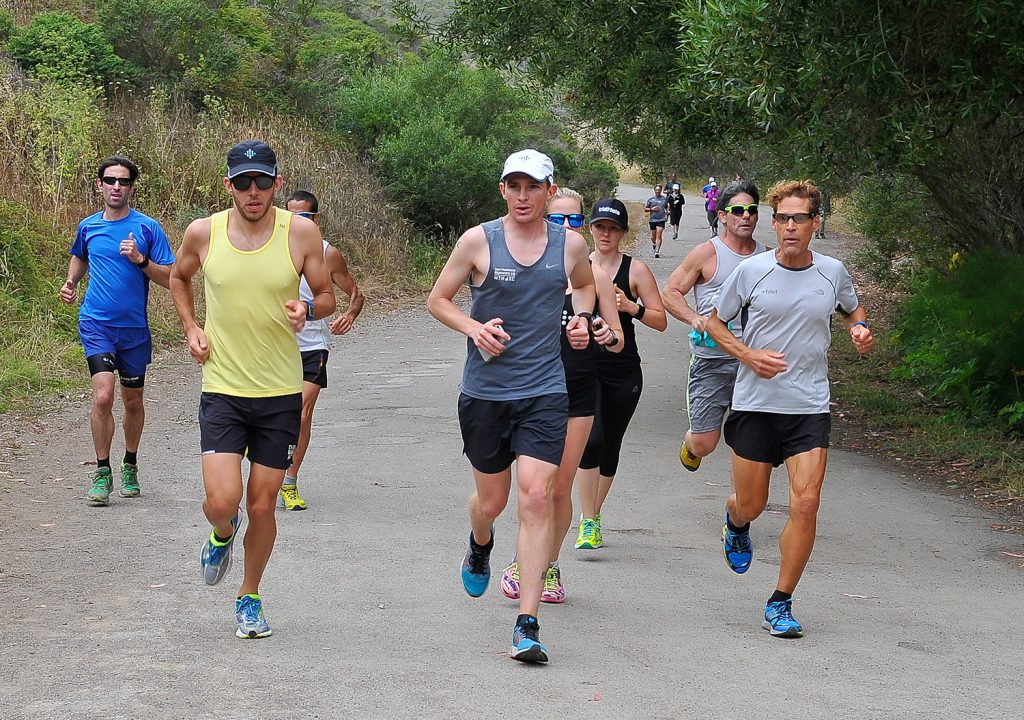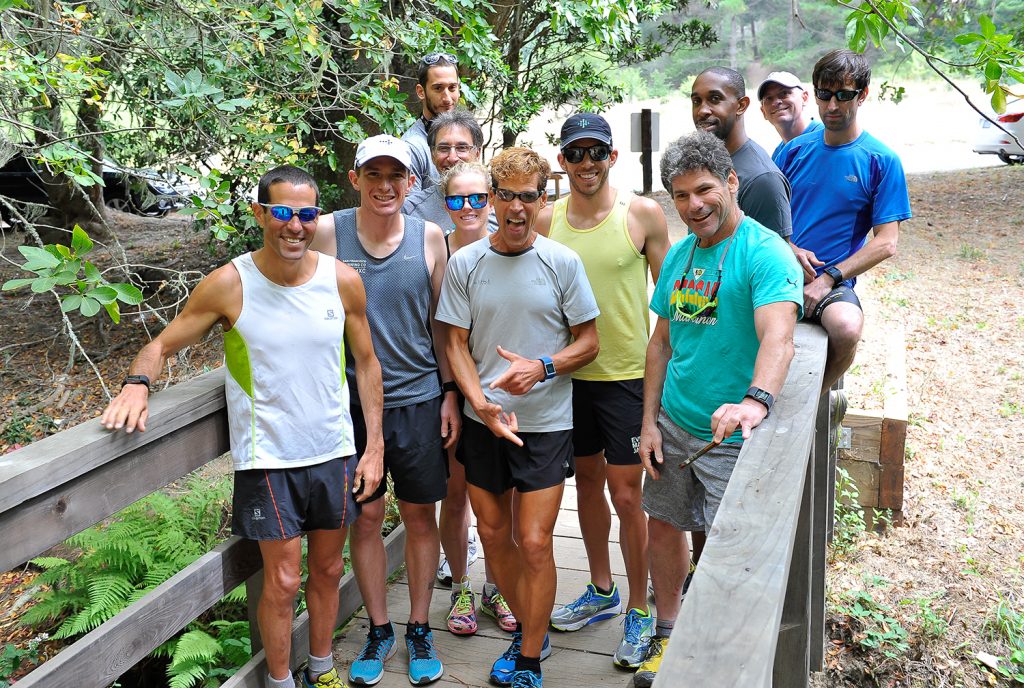When you’re getting ready for your first race of any kind, it can be very nerve-racking. You hope you have been training enough to get you across the finish line and that you have all the right gear to make it the best experience that you can. Since a triathlon has three different disciplines, it can be confusing on what you should and shouldn’t bring. Let’s take a look at some of the top 10 things you should remember to have to help you complete your first triathlon.
1. Race Numbers
Your race number is one of the most important things to remember for your triathlon. It is how you get into transition before and after the race, it’s how you check in and check out your bike and gear. You will get a race number for your bike, your helmet, your race belt/running gear and also for your gear bag. This number will also be how you will be able to check your results and find your photos online. Don’t lose your numbers!
2. Bike
Some people think that they have to jump right onto a road or triathlon bike to compete for their first triathlon. This couldn’t be farther from the truth. The best bike for your first race is likely the bike you already have, or can borrow or rent. It isn’t worth it to spend a lot of money on a bike before your first race if you don’t even know whether you will like the sport or not. What happens if you only do one race and you spent $2,000 on your bike and equipment? Whether you have a hybrid, mountain bike, or are borrowing one, use what you’ve got! If you don’t have a bike, it’s safe to look for a good used one. If you are in the market for a new bike, determine what type of bike you would use if you ended up only doing one triathlon – if you like racing and get more involved, then take the step up to a road bike and eventually a triathlon bike.
3. Helmet
If you have signed up for your first race, hopefully you have read all the rules. A helmet is required for any entrant to a race and it’s for your safety. You will likely be riding with hundreds of people of all skill levels – anything can happen! Your helmet should be CPSC certified and be less than 3-5 years old. Don’t worry about getting one of those aero helmets until you decide how serious you want to get after your first race or couple races. A good helmet should cost you between $50 – $120, as the price increases, so does the protection and the benefits such as air flow, weight, aerodynamics, etc.
4. Goggles
If you don’t have goggles and even if you do, you want to make sure they fit properly. Swimming in open water and with a bunch of people is a lot different than training in the pool. You can test whether your goggles fit properly or not by putting them up to your eyes, gently pressing them on – without the strap around your head – and seeing if the goggles stay on and are comfortable. The next thing to look at is if you have tinted or clear goggles. This is important because if your start time is right as the sun comes up, having dark goggles is going to make it hard to see, but if you have clear goggles and are facing the sunrise in the water, you may get blinded. When you put your goggles on, you can wear the strap under or on top of your swim cap – some athletes will even wear two swim caps, with the race cap on top. When the strap is under the cap, if you get kicked in the water, your goggles are less likely to get knocked off.
5. Flashlight
Transition opens before the sun has even risen. Sometimes the race venue will have lights illuminating the transition area, but not very often. One thing that you shouldn’t forget is a flashlight so that you can see when you are setting up your transition area. Being able to see where everything is will help your setup go faster and you are less likely to lose something you may need during the race.
6. Gels/Nutrition
Nutrition and gels are important for longer races, but if this is going to be your first full race, regardless of the distance, there’s a good chance you may find your tank running on empty at some point. The important key for nutrition and gels during the race is to give you the quick energy you need to keep going. How much you need should be determined during your training up to the race itself. Gels can be taped to your bike or carried with you during your run, but figure this out before race day!
7. Hydration
Keeping hydrated during your race is one of the most important challenges. Even through you may be starting in the water when the sun rises, if you are racing during the summer, in the ocean, or in the south, you can become dehydrated before you realize it. The salty ocean water will cause an increased rate of dehydration if swallowed, and if you find yourself getting thirsty, you’re already behind on your fluids. Without enough fluid intake, your body can cramp, your energy levels can plummet and it can be the difference from crossing the finish line to never getting the chance to see it. Just as the gels and nutrition, you should try out different types of hydration to see what works for you. When you sweat, you lose more than just water, and you need to actively replace the electrolytes you are losing. There are many different types of hydration methods, so finding what works for you is very important to avoid unforeseen problems that can arise.
8. Breakfast
The morning of your first race can be filled with anxiety and nerves. It can be easy to forget to fuel your body for the exercise you’re about to do. Making sure you get some calories in before the race can help give you the energy to get off on the right foot. A small serving of food such as oatmeal or fruit can be good enough. If your body doesn’t react very well to food early in the morning, it’s important to be able to get enough calories within a comfortable time frame to give you the energy to begin the race and help you get through at least the first leg.
9. Wetsuit
Not all races are wetsuit-legal, but it’s always a good idea to make sure you bring a wetsuit just in case when the morning comes around and the race directors allow wetsuits. Your wetsuit should be one of the first things you pack, especially if you are swimming when and where the water temperatures can get very cold. Forgetting a wetsuit in a cold morning swim could prevent you from even being able to start your race – depending on the water temperature. You should know what temperature you can tolerate with and without a wetsuit, but it’s always a good idea to bring it just in case.
10. Transition mat
A transition mat may not be the first thing you think of when preparing for your race, but it can be a lifesaver. Your transition mat can help your transition area stand out from the hundreds of others in the race. It can also help you keep your gear organized and give you a place to keep your feet clean if the transition area gets sloppy. Pick a mat that is going to stand out to you. It shouldn’t be as large as a beach or shower towel, but should be large enough to fit your gear on without overtaking the person next to you.
BONUS: Your Smile!
The number one thing to bring to your first race is a smile. It’s important to have fun! There will be large crowds cheering you on throughout your entire race and a lot of photos being taken. Whether you signed up to check it off a bucket list, to do something with a friend, to mark a milestone in your life, or to try to win, it won’t be worth it if you’re not having fun!



